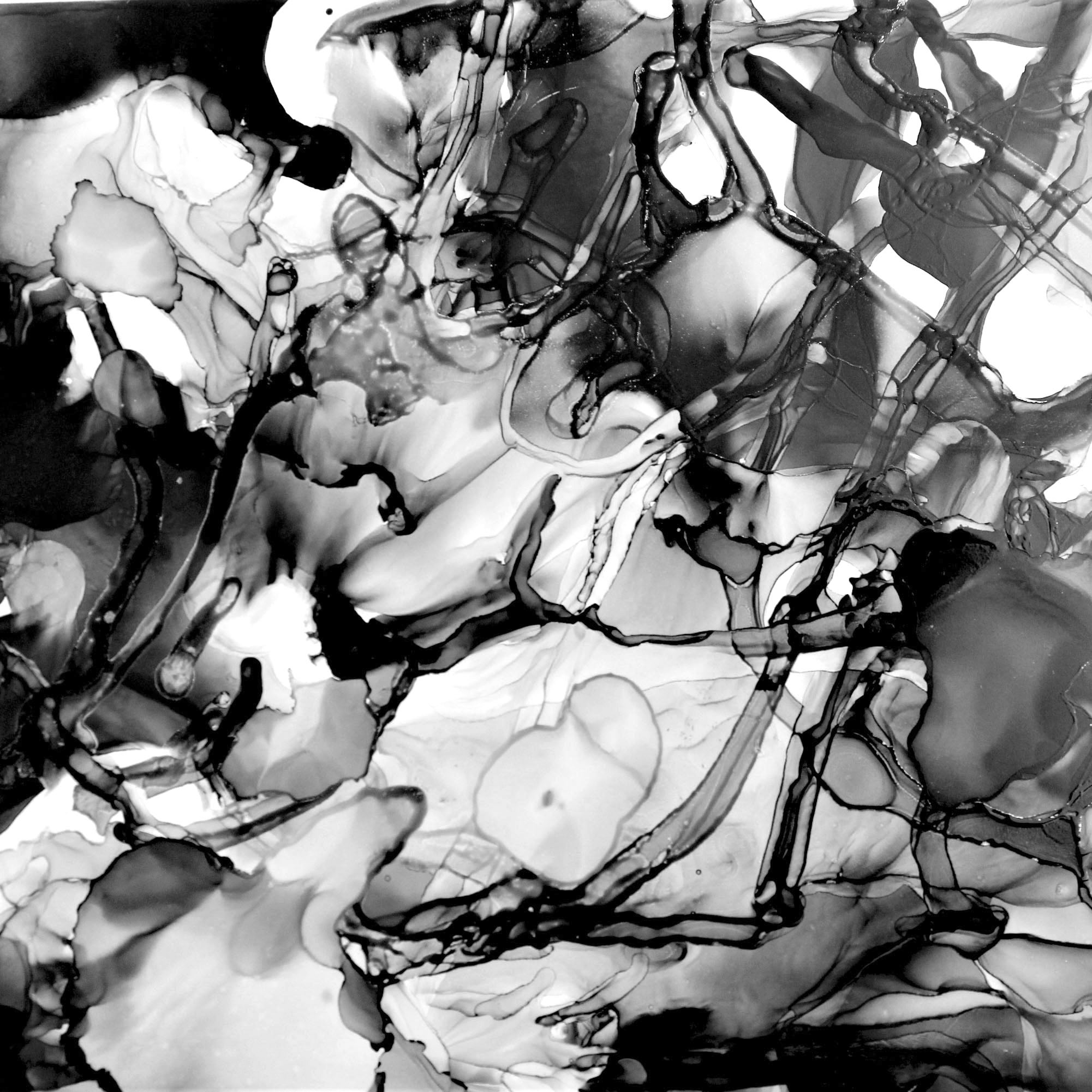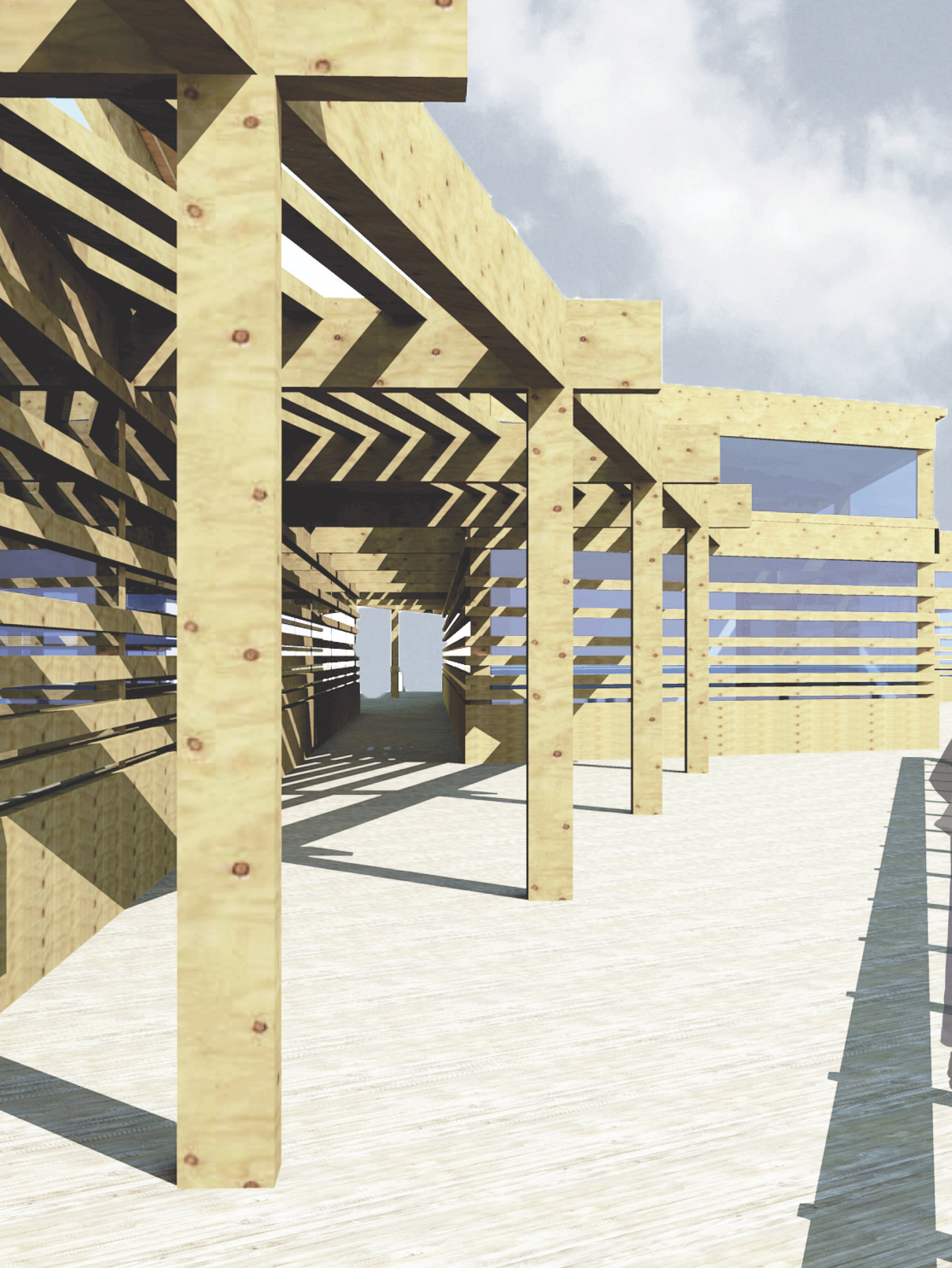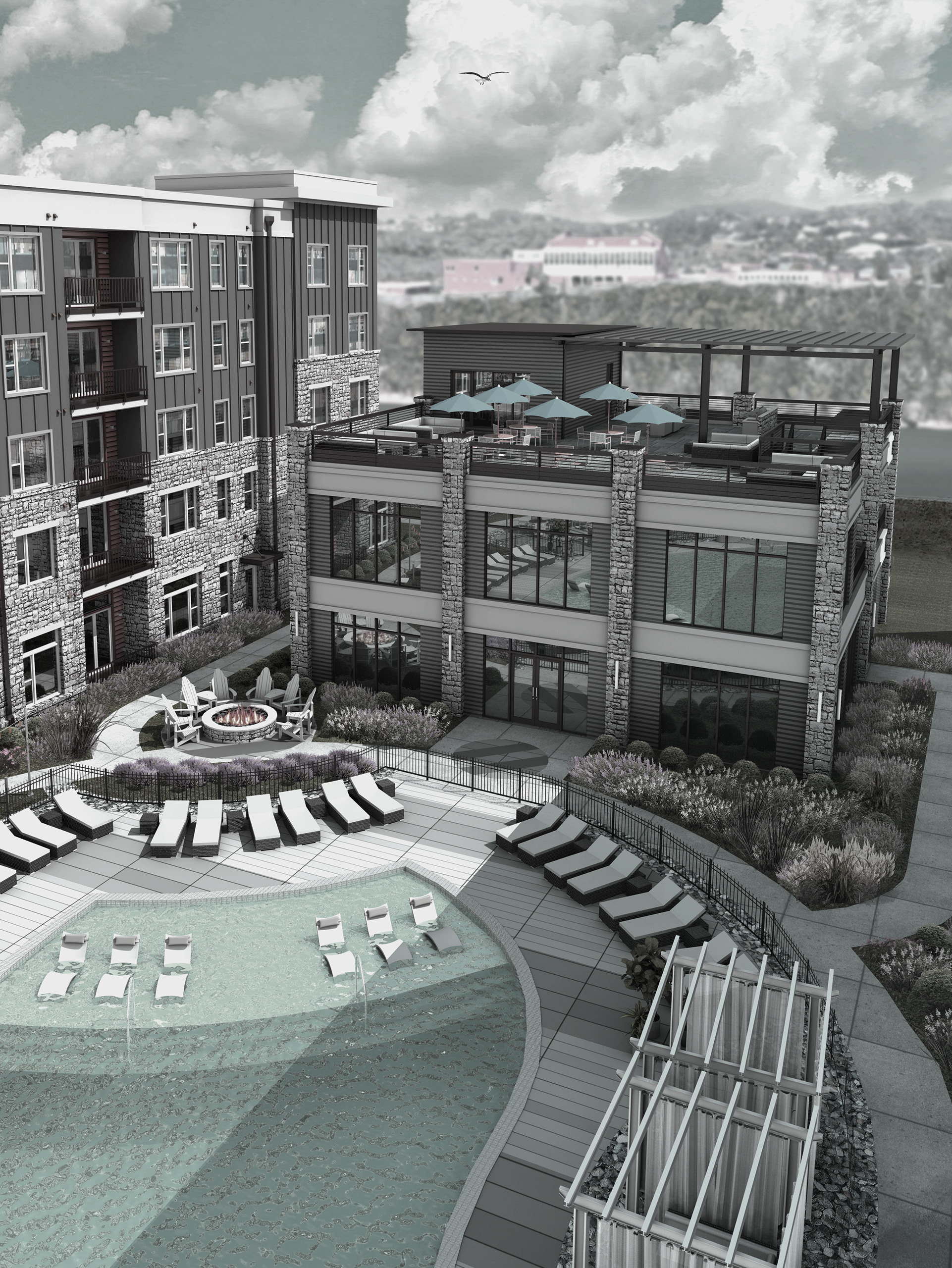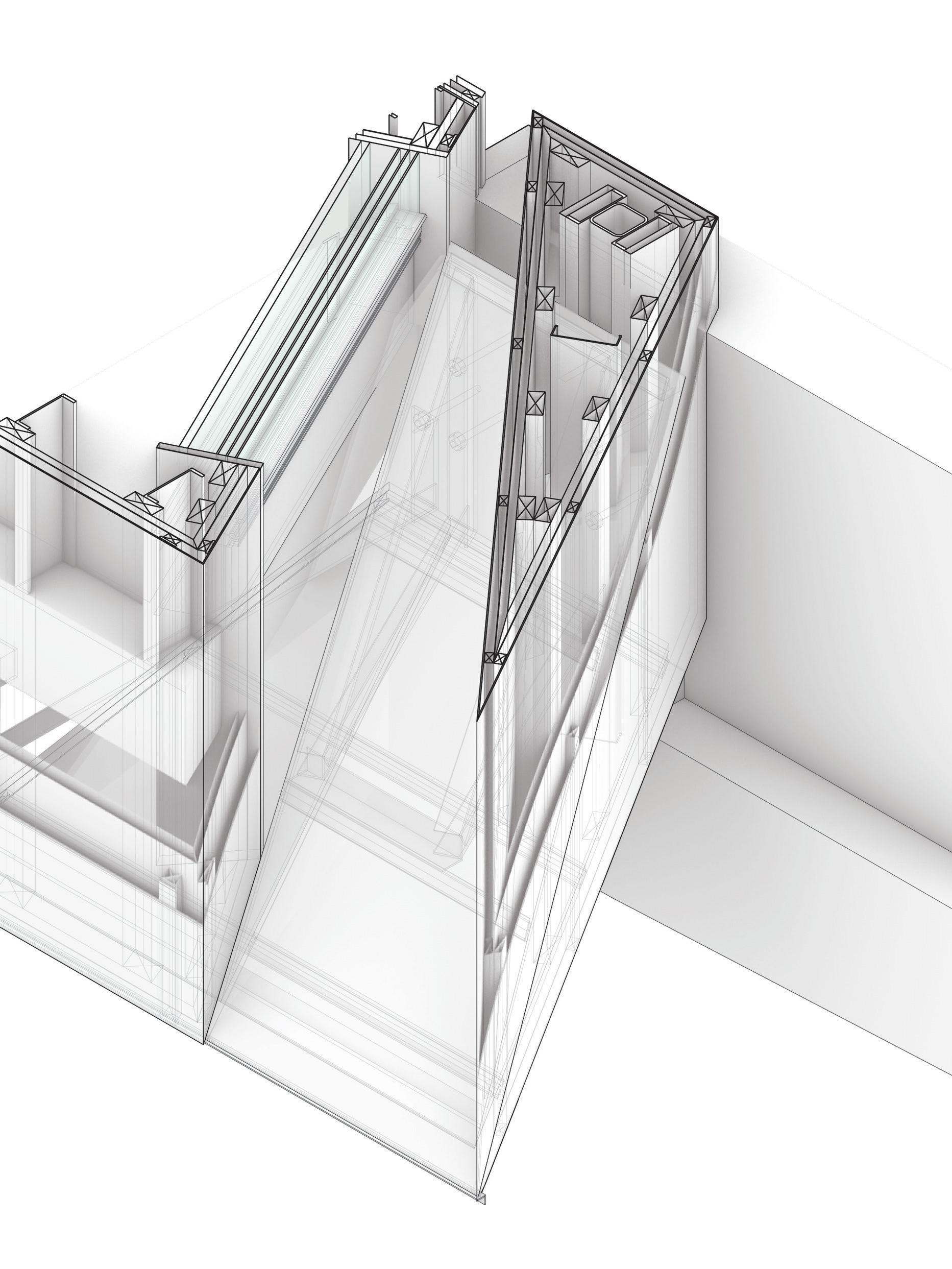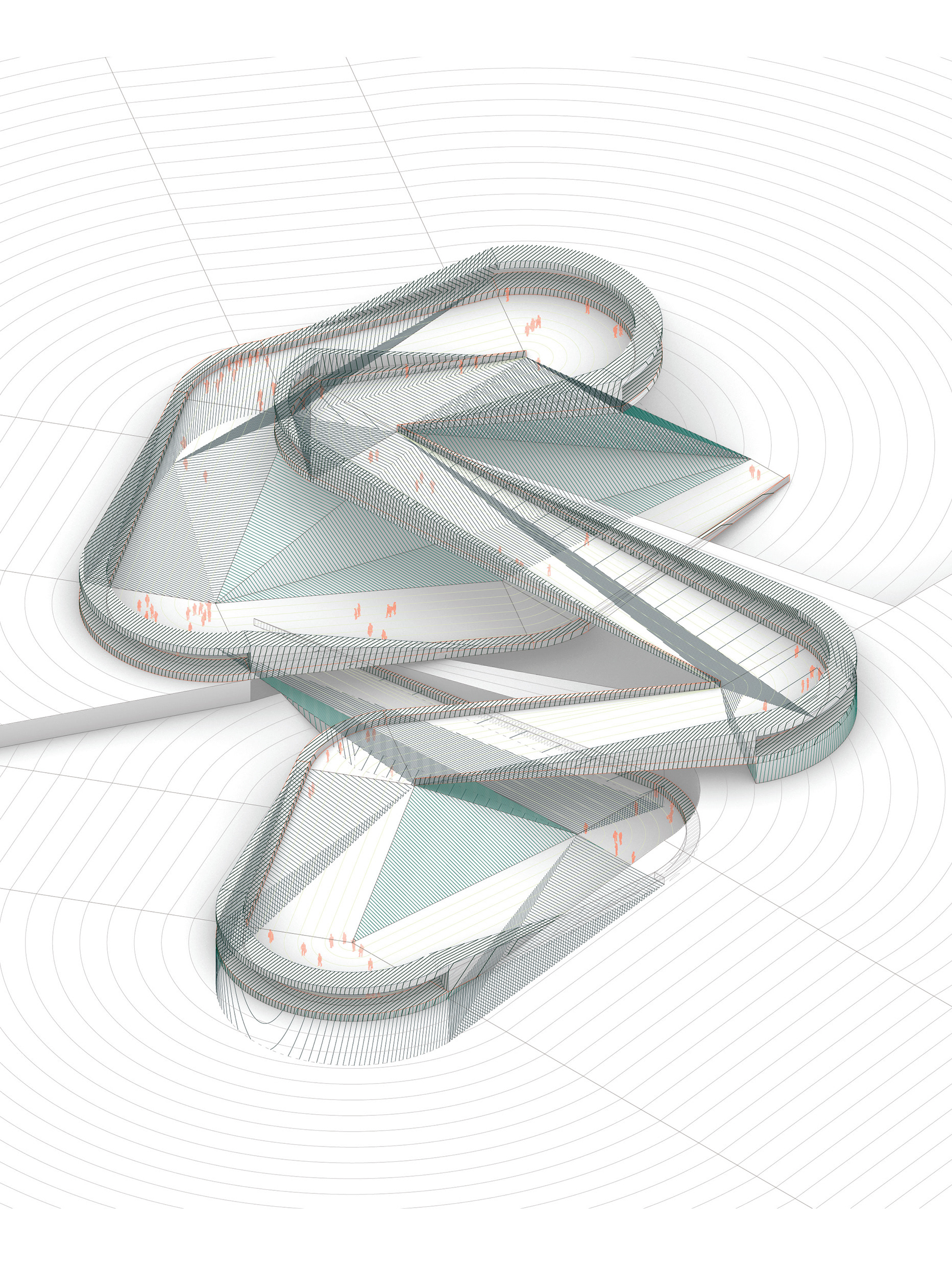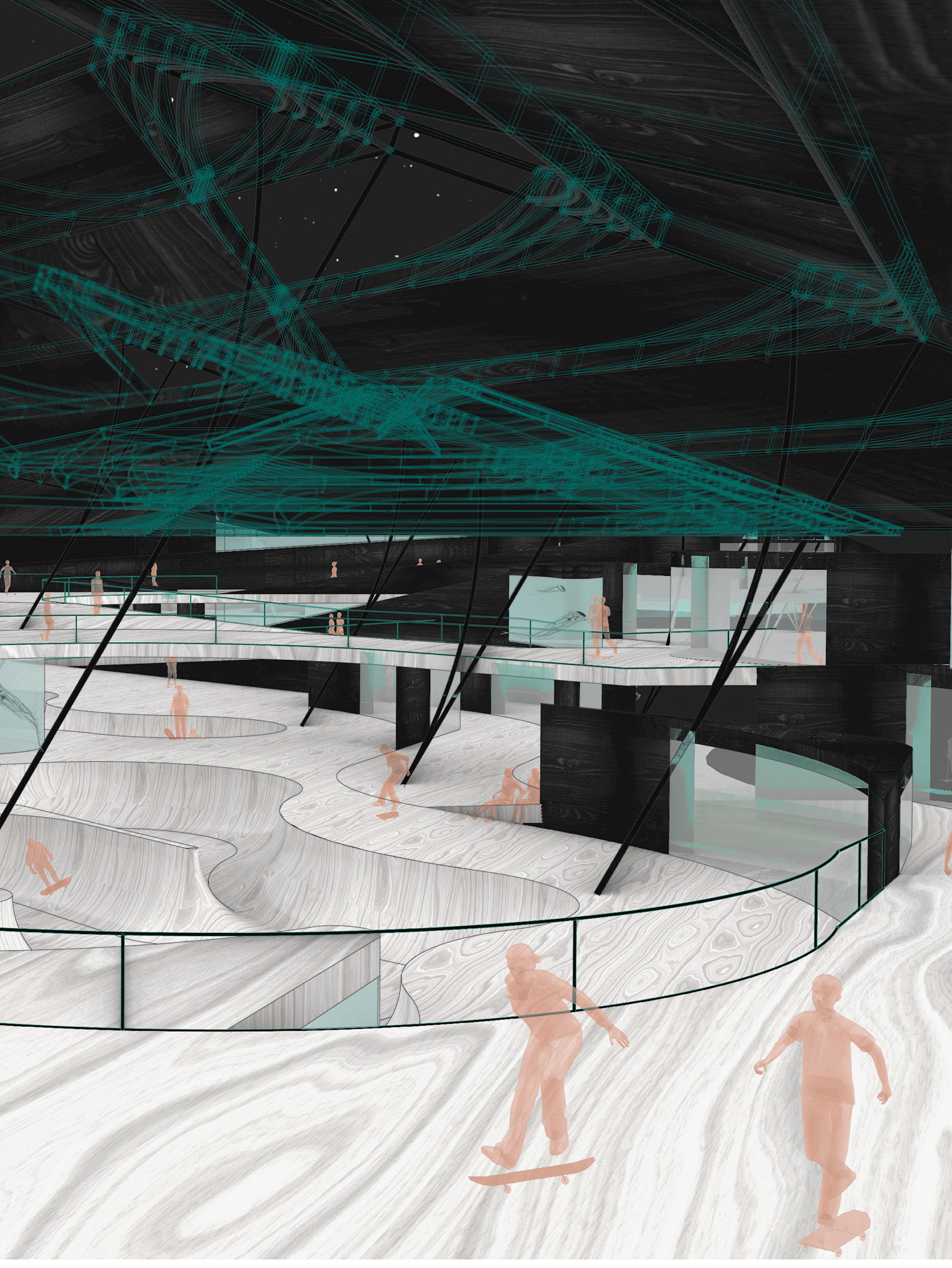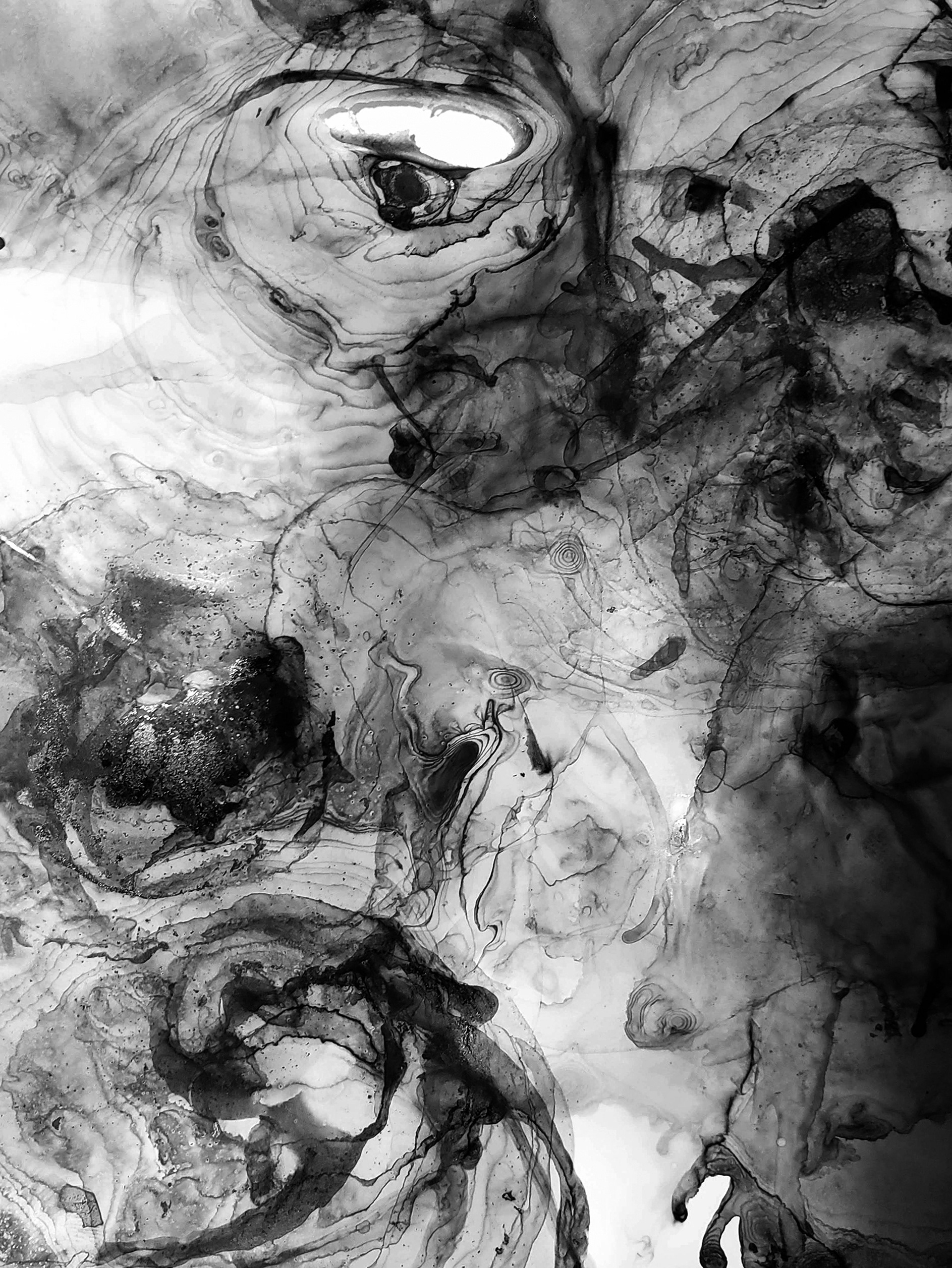Course, Instructor
ARCH 2012, MICHELLE RHINEHART
School
GEORGIA INSTITUTE OF TECHNOLOGY
Year
SPRING 2017
Site
NICOSIA, CYPRUS
ARCH 2012, MICHELLE RHINEHART
School
GEORGIA INSTITUTE OF TECHNOLOGY
Year
SPRING 2017
Site
NICOSIA, CYPRUS
Polymorphism | the condition of existing in several different forms
1. “Polymorphism of zigzagging” involves the study of two forms: curved and angled zigzagging. The curved zigzagging occurs in public spaces of the site’s program, while the angled zigzagging takes place in the exhibition spaces.
2. "Polymorphism of perception” can be defined as the condition of simultaneously perceiving in multiple senses. This concept is explored within the museum’s spaces by implementing a study of sequencing accumulations of “levels” of perceptual conditions, including visual, aural, textural and spatial aspects from one point to the next along the building’s common circulation.
2. "Polymorphism of perception” can be defined as the condition of simultaneously perceiving in multiple senses. This concept is explored within the museum’s spaces by implementing a study of sequencing accumulations of “levels” of perceptual conditions, including visual, aural, textural and spatial aspects from one point to the next along the building’s common circulation.
By combining these techniques of polymorphism, the new Cyprus Museum intends to provide its inhabitants with unique perceptual experiences as they drift from public spaces into exhibition spaces and within the exhibition spaces from one time period into the next.
The project starts out with a study of taxonomies that are developed based off of two precedents: Zaha Hadid’s Riverside Museum of Transport and MUSAC’s Museum of Contemporary Art. Beginning with a focus on just Hadid’s study of the zigzag, polymorphs are developed following a similar style, with adjustments of different variables for each. This notion of a curved zigzag is added onto with a more prismatic version of the zig-zag, as studied through MUSAC’s precedent. These taxonomy studies ultimately lead into a hybrid polymorph- combining both serpentine and prismatic forms of the zigzag. What happens when a jagged edge meets a curve? This is further studied in the remaining design phase of the New Cyprus Museum. The two styles are combined to produce a flowing and meaningful composition of spatial transition and resulting experience.
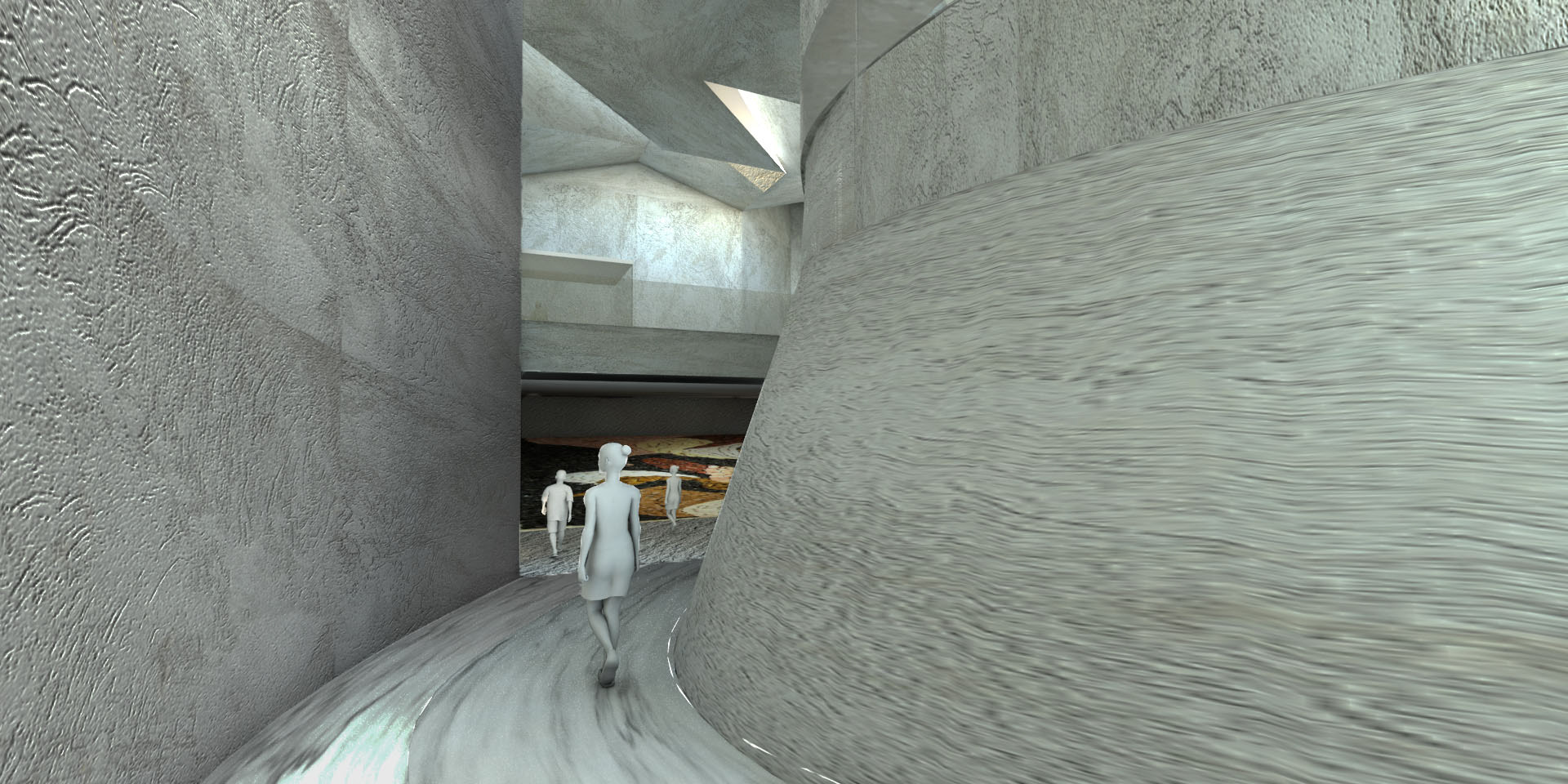

Polymorphism of perception is explored through various spatial qualities in the New Cyprus Museum. By narrowing or widening a space, the sense of proximity to walls is detected differently by the inhabitant. Sensual aspects of the body in space change along a specially organized pattern of circulation, as one travels through rooms that alter in size and depth in relation to all axes of the body. Through use of the polymorphs of zigzagging, including both the serpentine and prismatic forms, perception is also altered. Entering a curved space from a more prismatic space produces an evident and noticeable contrast of change in perception. Along the entire circulation of exhibition spaces and public spaces, the inhabitant is to experience these various spatial qualities in a specifically coordinated rhythm of variety, constantly averting attention based on spatial cues.
1.1.1 Main Entrance
1.1.2 Ticket Office Area
1.1.3 Information Desk
1.1.4 Cloakroom
1.1.5 Restaurant
1.1.6 Gift Shop
2.1 Rooms for Educational Programmes
2.2 Conference Hall (Auditorium)
3.1.1 Aceramic Neolithic Period
3.1.2 Neolithic Period
3.1.3 Chalcolithic Period
3.1.4 Copper-Metallurgy-Trade
3.1.5 Early Bronze Age
3.1.6 Middle Bronze Age
3.1.7 Ceramic Production
3.1.8 Late Bronze Age
3.1.9 Aphrodite and Her Cult
3.1.10 Cemeteries, Cypro-Geometric Period
3.1.11 Cypro-Archaic - Cypro-Classical Period
3.1.12 Excavations of the Swedish Mission
3.1.13 Hellenistic Period
3.1.14 Roman Period
3.1.15 Lampousa Treasure
3.1.16 Early Christian Period + Byzantine Period
4.1.1 Storage + Axillary (To be developed)
4.1.2 Underground Parking Deck
1.1.2 Ticket Office Area
1.1.3 Information Desk
1.1.4 Cloakroom
1.1.5 Restaurant
1.1.6 Gift Shop
2.1 Rooms for Educational Programmes
2.2 Conference Hall (Auditorium)
3.1.1 Aceramic Neolithic Period
3.1.2 Neolithic Period
3.1.3 Chalcolithic Period
3.1.4 Copper-Metallurgy-Trade
3.1.5 Early Bronze Age
3.1.6 Middle Bronze Age
3.1.7 Ceramic Production
3.1.8 Late Bronze Age
3.1.9 Aphrodite and Her Cult
3.1.10 Cemeteries, Cypro-Geometric Period
3.1.11 Cypro-Archaic - Cypro-Classical Period
3.1.12 Excavations of the Swedish Mission
3.1.13 Hellenistic Period
3.1.14 Roman Period
3.1.15 Lampousa Treasure
3.1.16 Early Christian Period + Byzantine Period
4.1.1 Storage + Axillary (To be developed)
4.1.2 Underground Parking Deck
